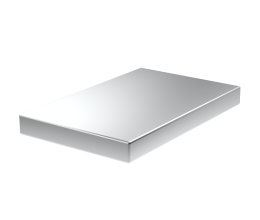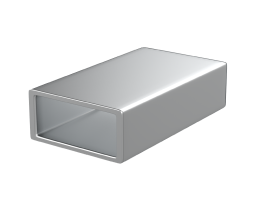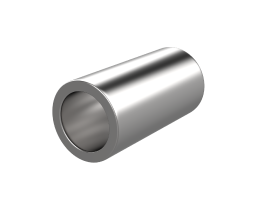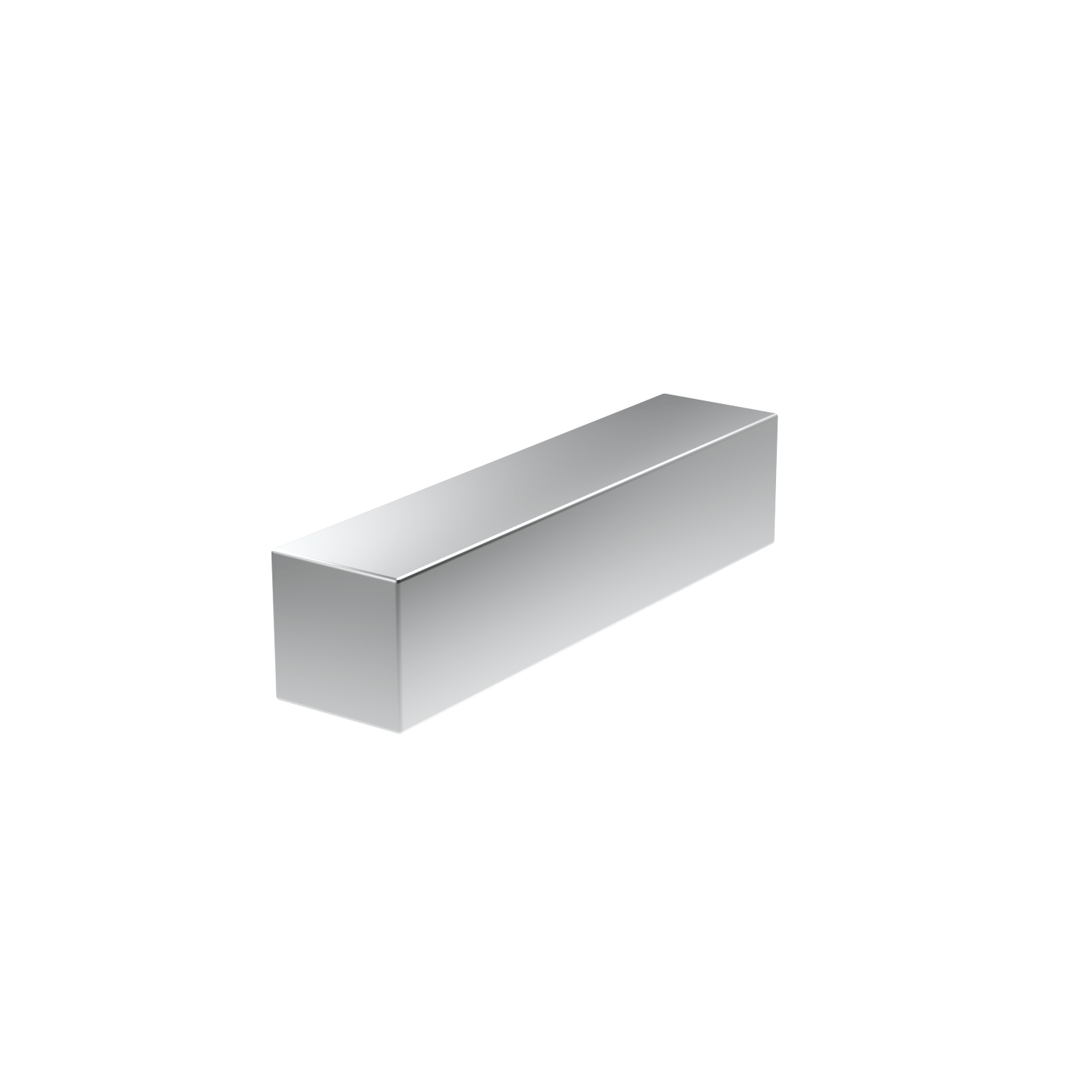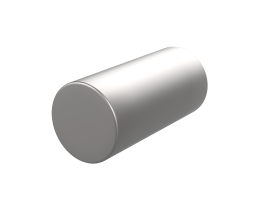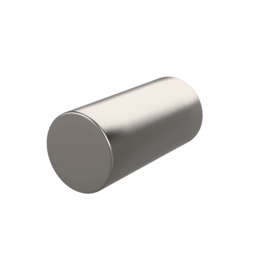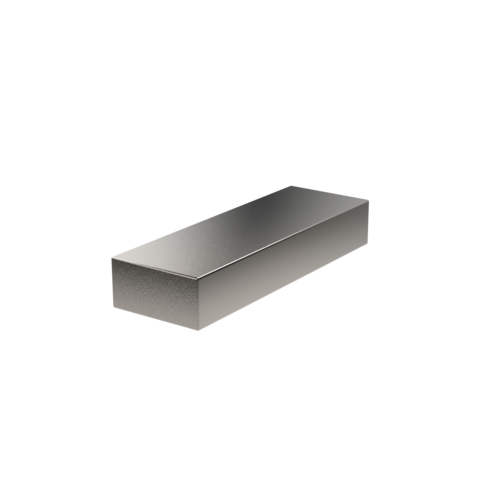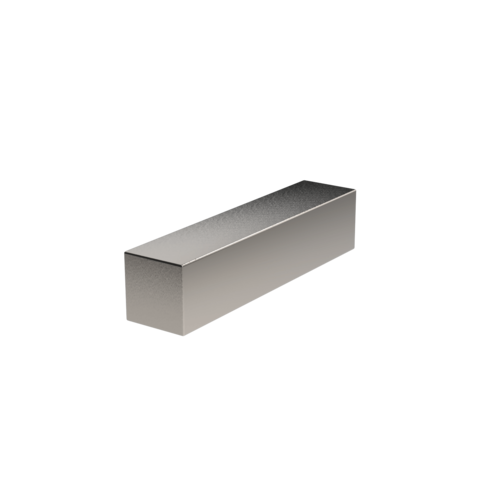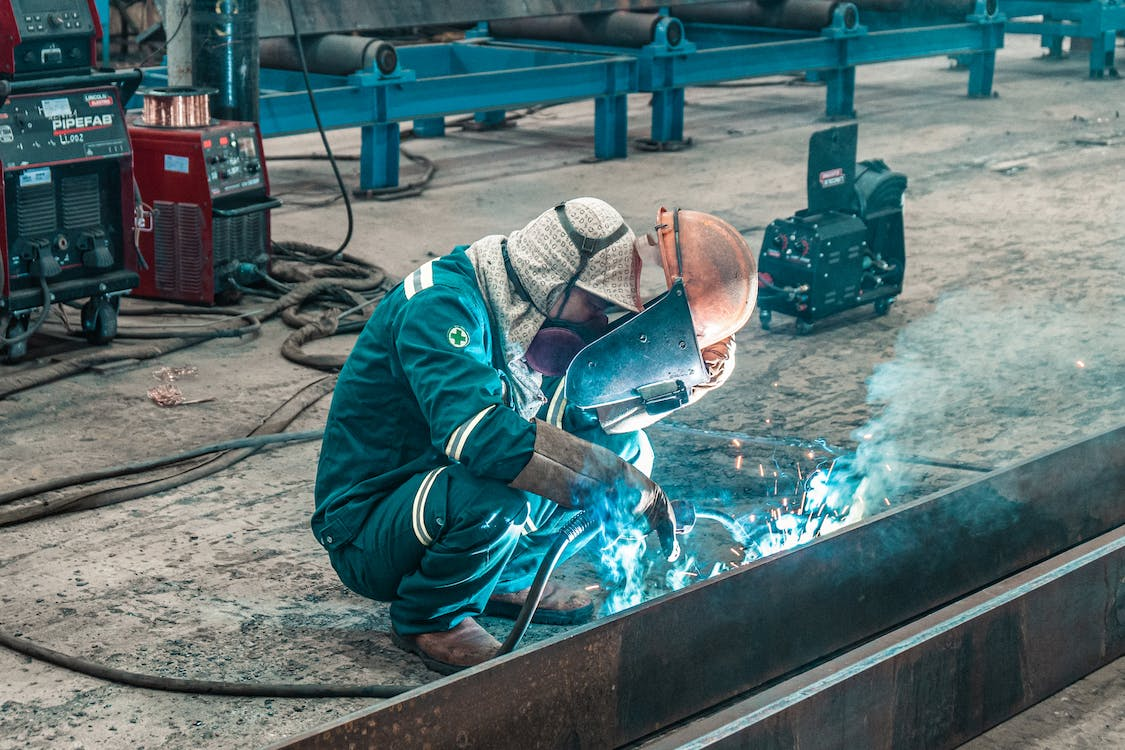Innovations mushroom in every field, and TIG welding is one in the welding space. It has been termed a masterstroke owing to its preciseness, versatility, and cleanliness. The invention dates back to the 1940s when aerospace industry experts first used it to solve the challenges of joining magnesium and aluminum.
Since then, TIG welding has become a widely accepted process. Despite its numerous advantages, this welding method is challenging and costly, but it offers value for money in the long term. In fact, the time and money investments are massive; but make no mistake, the results are excitingly amazing.
So, what is TIG welding? Understanding this technique is critical because it can help you make an informed decision. After all, no one wants a meh-looking workpiece or weld.
Understanding What Is TIG Welding
TIG welding is an abbreviation for Tungsten Inert Gas welding. TIG welding technique allows for the efficient joining of various metals without using fasteners. Initially, it was used in aircraft manufacturing, but it’s now widely used in various industries, including pipeline, race car fabrication, shipbuilding, and many others that focus on particularly thin metal materials and special metals such as titanium and aluminum.
Another name for TIG welding is gas tungsten arc welding (GTAW).This is because the method uses a non-consumable tungsten electrode and argon gas. A non-consumable electrode is one that doesn’t melt (has a high melting point). For this reason, the process requires a filler metal to fill the gap at the joint (similar to oxy-acetylene welding).
What’s the Purpose of Argon gas?
The inert gas (argon) is used to protect the melting metal from small circular gap formation and oxidation. It also cools the weld puddle, while the filler material is used for build-up or reinforcement. Overall, the TIG welding process requires fewer finishing touches, thus providing smooth and clean work.
Is TIG Welding Easy?
While using a TIG welder may seem straightforward, it isn’t. But with continual practice, you can become an expert in setting up TIG welding machines and controlling heat input. It’s important to know all the parts of a TIG welder in order to carry out your welding task efficiently.
So, what makes up the main components and accessories of a TIG welder, and what are their functions? These are the following:
- Work lead: This is the first part, basically a cable with a clamp. It’s attached to either your workpiece or the metal surface under your workpiece.
- Electric TIG torch: Located at the end of the welding lead.
- Argon gas line: Argon gas acts as a shield for the weld area against unwarranted reactions with oxygen or other elements that can lead to poor binding of the metals.
- Filler metal rod. Melts to join the metals
- Personal safety equipment. To protect the technician against heat and other hazards of welding.
- Stinger/electrode holder. It holds the welding rod and helps you adjust how far it sticks out from the cup. Unlike a filler rod consumable electrode), this electrode doesn’t burn up.
Advantages of TIG Welding
The TIG welding process offers several advantages that other welding processes fail in, such as the following:
- Exceptional and high-quality welds. The results are clean and appealing.
- The method is versatile as it can handle various materials, from aluminum to exotic alloys.
- Minimal distortion, more so in the base metal.
- Less fumes and smoke, thus safer than other types of electric welding. Also, the contaminants are fewer.
- The tungsten inert gas (argon) is more environmentally friendly since it doesn’t cause any adverse effects.
- It is aesthetically appealing and suitable for projects where appearance matters.
- You can customize the amperage for your weld, allowing you to establish greater control over the welding process.
- Ability to soft start and soft stop the heat. Some welders prefer accelerator pedals, while others prefer using fingertip remotes to control the heat input.
Disadvantages of TIG Welding
Despite the many advantages you can reap from TIG welding, it also has some downsides, such as the following:
- TIG welding is a more time-consuming process compared to MIG welding. It demands patience and a keen eye, which can be a drawback in time-sensitive projects.
- It demands a higher level of skill and experience from the welder.
- Risk of oxygen contamination if the argon gas coverage isn’t sufficient.
Essential Items Before Beginning a TIG Welding Project
For any TIG welding project, you’ll need the following basic items:
- Electricity source. TIG welding equipment relies on electric power, so make sure you have a compatible power outlet.
- Grinders, sander, and rods:The grinder is needed to sharpen the tungsten, while the rods are optional and used as fillers.
- Tungsten:Most TIG welders come with tungsten rods. However, with more welding projects, you’ll need to buy more.
- Gas tank:You will require gas as a shield to protect your weld pool. You can either purchase or rent.
- Welder machine:Depending on your projects, choose the best-suited welder. TIG weld machines come in different sizes and types, but the best are the 3-in-1 type.
- TIG goggles:Radiation is common in TIG welding. So always have TIG goggles for protection. Also, buy shading lenses for projects involving intense heat input.
- Protective jacket and gloves: These flame-resistant jackets and gloves protect you from flames and sparks. The most common ones are cowhide or goatskin-made. Nevertheless, always go for what suits your projects.
The TIG Welding Process: How It Works
Like any other welding process, the TIG welding techniques require heat input. In this case, the source is an electric arc streaming between the electrode in a hand-held torch and the welded metal. Similarly, an inert gas, typically helium or argon, is used to protect the weld pool from contamination and oxidation.
During the TIG process, a filler material is used to fill the gap between the joining metals. For example, when TIG welding steel, a filler material coated with thin copper can prevent rusting. To succeed in TIG, a welder must master heat control; this is how you regulate the arc streaming from the torch. But what does this mean? Let’s expound on it.
The arc is cone-shaped, with the electrode’s tip on the welded metal’s case. The best practice is to hold the electrode near the cone’s base. Otherwise, pulling it further will result in a larger base and puddle. Furthermore, you’ll end up with holes if you pull the electrode away from the base metal as the puddle gets too large. This is one of the challenges beginner welders face when working with thin-gauge metals.
Controlling the torch movement can be termed as an art and a science. Great TIG welders have exceptional hand-movement skills for control and gap maintenance. In most cases, experts recommend a gap range of 1/8 inch to 3/16 inch. Such a small gap means lots of practice for precision.
Make sure the argon gas completely shields the weld to prevent contamination. Experts recommend an argon gas flow rate of 15 to 20 cubic feet per hour (CFH).
Buy Certified High-Quality Metals for Industrial Solutions | ||
New Aluminum | New Steel | New Stainless Steel |
 |  | 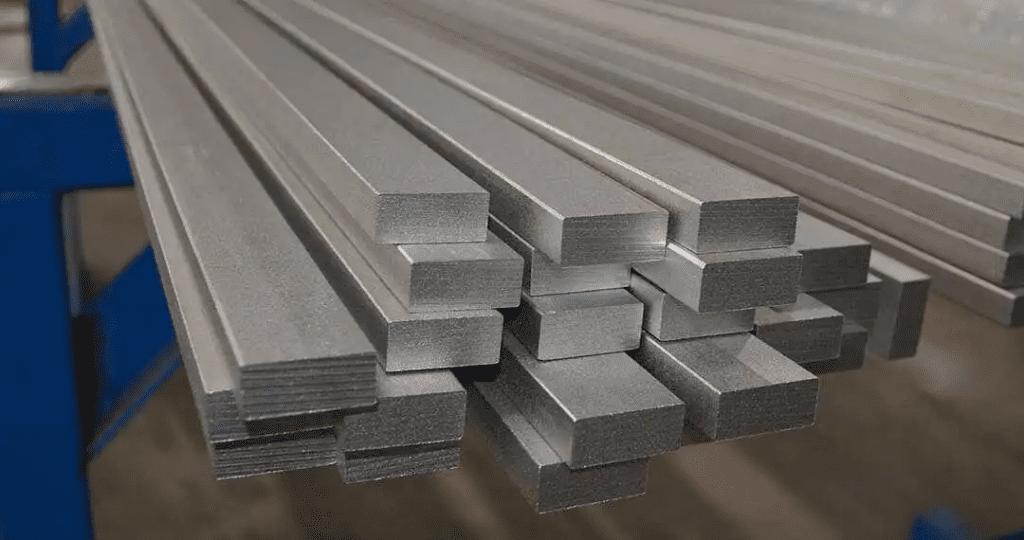 |
| Reliable supply: Consistent, certified aluminum stock you can trust. High-quality material: Superior-grade aluminum for precision needs. Custom cuts: Accurate cuts down to thousandths of an inch. | Durability and strength: Reliable for projects needing long-lasting, tough materials. Cost-effective: Quality steel that offers strength without breaking the bank. Custom cutting: Precise cuts tailored to exact needs with top-tier cutting tools. | Sustainability: Highly eco-friendly as the most recyclable metal on earth. High durability: Resistant to corrosion and wear, ensuring long-lasting performance. Custom precision cuts: Tailored to your specifications with quick, accurate results. |
Tips for a Successful TIG Welding Process
The greatest challenge in TIG welding is torch control. Still, you can achieve success by doing the following:
1. Be Quick In Replacing A Contaminated Electrode
No matter your expertise level, you’ll once or twice contaminate your electrode, and it’s normal. Don’t be too hard on yourself. So, what should you do? Always have pre-sharpened electrodes on your side. This helps you avoid ups and downs and wasting time looking for and sharpening electrodes when a mishap happens.
2. Do a Mock Run Before Making the Actual Weld
You know what they say, “practice makes perfect.” This saying applies in TIG welding, where even professional welders make a pass before welding. The process is simple and involves running your hand along the intended weld path.
This way, you’ll know the best position to place your hands and how to adjust when making the weld. Additionally, in a mock run, you’ll realize any straining position and thus move with less stress the second time.
3. Support Your Hands
Precision in torch control is dependent on the support your hand gets. Sufficient support means your hands are comfortable holding and moving the torch as expected. You can support some hand parts, including the elbows, wrists, and forearms. The best materials you can use are support bars or wooden blocks.
Similarly, you can lean against a post or anything stable for support if you’re welding while standing.
4. Ensure You Are Comfortable
Closely related to supporting your hands is comfort. Seek a comfortable position while working; the final piece won’t be smooth and clean if you keep shifting your position.
5. Don’t Melt the Filler Rod Directly
In TIG welding, the torch melts the base metal. On the other hand, the molten puddle melts the filler material. Any other way, you’ll have a weak bond on the weld.
6. Clean Your Metal
Degreasers work like magic on your base metal. So, always use it to remove any contaminants. Also, ensure you have a brush to scrub the metals. However, don’t use the brush on different metal types. Additionally, use the degreaser to wipe the filler rod.
7. Use the Least Power
Using high heat and power leads to burns and dirty welds. Furthermore, using minimum power, especially for beginners, helps you develop the much-needed puddle technique.
8. Match a Metal With Its Correct Type of Tungsten
The recommended way in TIG welding is green tungsten for aluminum surfaces and red tungsten for steel metals.
Application of TIG Welding
TIG welding is a versatile welding technique used in many industries, such as the following:
- Automobiles (car manufacturing)
- Aerospace (Aviation)
- Bicycles manufacturing
- Shipbuilding
- Defense/Military.
- Energy
- Medical and more
TIG welding is great for working with metals like aluminum, stainless steel, and more. Generally, the choice depends on the materials and the job.
Final Thoughts
The TIG welding method is versatile and all about getting a nice, smooth weld. From its precision to its finesse, TIG welding is more than just a joining technique.
Its ability to work with a wide range of metals, including aluminum, stainless steel, and exotic alloys, makes it indispensable in modern-day manufacturing.
So, as you start your next welding job, give the TIG welding process a try.
